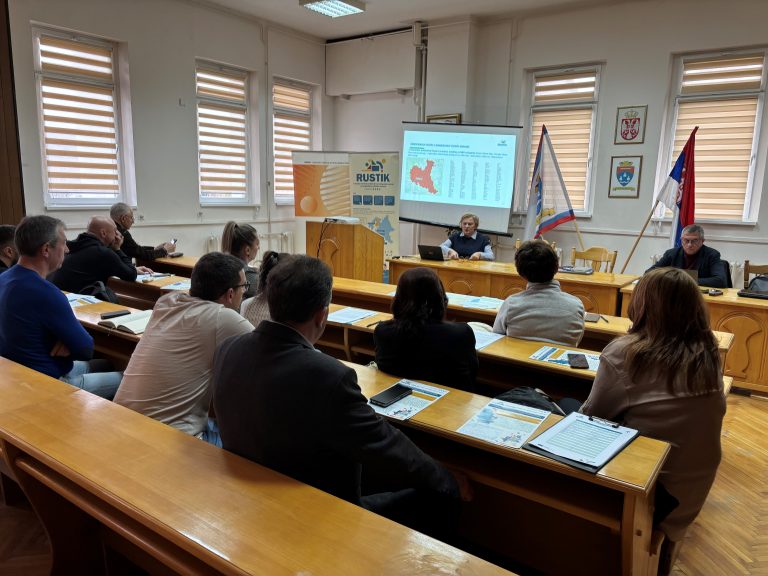Zaječar District, Serbia
Key Facts
Zaječar Distirct is located eastern part of Serbia and it consists of four self-government units: City of Zaječar and municipalities of Knjaževac, Sokobanja and Boljevac. Zaječar District covers 4.09% of Serbia territory with 1.46% population living here. The district is located in the Timok Valley, on the slopes of Stara Planina, along the border with the Republic of Bulgaria. It is characterized by its diversity, in geography and climate and in the abundance of natural resources.
The area of Zajecar district is rich in natural and cultural heritage resources. Stara planina, the longest mountain range in Serbia has been designated a Category 1 Nature Park. Stara planina Nature Park is characterized by exceptional biological diversity, with about 1200 species and subspecies live in this area, of which 115 are endemic plant species, over 100 protected and strictly protected species, and more than 50 species that are on the list of endangered European flora. There also are spas and thermo-mineral waters, artificial lakes, numerous monasteries and several ancient sites, including UNESCO protected site – Felix Romuliana (Roman imperial palace).
The biggest challenge for the area is the long-term trend of depopulation. Over last decade the Zaječar district has lost 19% of its population, as a result of both negative natural population growth and migration. Depopulation, ageing and the loss of workforce reduce the development prospects of the region, making it less attractive for investors.
The Zajecar district is relatively underdeveloped and affected by economic and demographic depression. Its comparative advantages include agriculture and food industry; rich coal reserves (four active coal mines); the perspective of tourism development, and proximity to neighboring countries (Romania and Bulgaria), which provides the possibility of developing small border traffic, cross-border cooperation and the development of the free trade zone.
Small family farms with fragmented land parcels prevail in the region, with cattle breeding, fruit and vineyard production being the most important. Traditional and regionally specific agricultural products recognized for their high quality include medicinal herbs, fruit and vegetable products, and honey.
Living Lab transitions
All municipalities in Zaječar District face substantial declines in population, leading to significant social, economic and environmental impacts, such as deformation of demographic and social structures, decreased viability of social services, loss of biodiversity and changes in land cover.
Local authorities in Zaječar District are responsive and proactive in addressing these challenges, by developing own system of incentive measures for entrepreneurs and agriculture producers. These measures differ from municipality to municipality, and some of them are:
- Exemption of part of the fee for the use of construction land;
- Provision of a personal assistant who accompanies the investor in the investment process;
- Provision of the necessary communal infrastructure (road, water…) for investors;
- Provision of subsidies for farmers, subsidies to employers for employment of unemployed persons, worker education programs, professional internships, etc., and provision of social services for people in need.
In recent years, the municipalities from Zaječar District have done significant effort in fighting the climate change by supporting the measures and interventions on resident and industrial buildings aiming to the more energy efficiency. The local self-governments also started the program of co-financing the installation of solar panels for the production of electricity on family houses. The main environmental problems are related to the existence of wild landfills, undeveloped sewage system and water supply in rural areas. To address the environmental and climate change challenges, local self-governments made agreement on regional cooperation in waste management through the construction of the regional landfill and initiated the program of co-financing the installation of solar panels for the production of electricity on family houses.
In the Zaječar District, similar as in whole Serbia, towns and municipalities are transition toward to digital services. The telecommunications network is well developed, and all villages have a telephone network and access to mobile telephony services. More than 80% of population in Zaječar Distric has access to internet. The digital business services are not widely available and used. Municipalities in Zaječar district allocate only between 8.500 and 40,000 EUR annually for the development of e-government services. However, 60% of citizens from Zaječar Distric have never used any e-service.
Blog
Documents 
Pictures 📸












